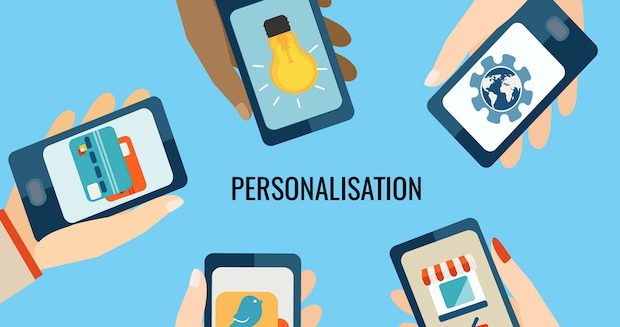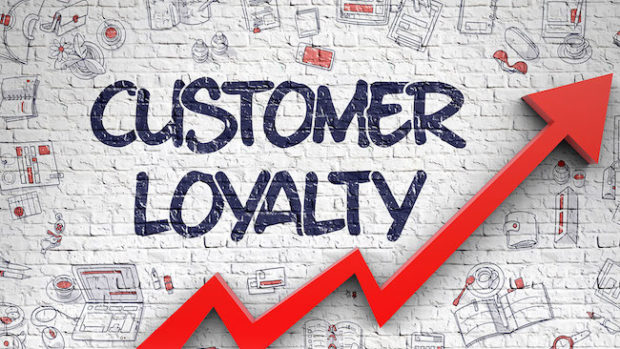
Nearly half of UK marketers (47 per cent) say they are considering adopting Uber-style ‘surge pricing’ in future, using AI to dynamically adjust the price of in-demand products. That’s according to new data released from customer engagement platform, SAP Emarsys.
The new research follows recent news that the Wendy’s fast-food chain would be testing surge pricing in 2025 — plans later dismissed by the company. Despite this, ‘dynamic pricing’ remains a popular model for airlines, hotels, ticket sites and ridesharing apps like Uber.
According to SAP Emarsys’ study, which surveyed over 250 UK marketers, 15 per cent say they are “very likely” to introduce surge pricing into some aspect of their businesses in future.
For many, this push is being driven by the rise of artificial intelligence, with one in five (21 per cent) marketers already using AI to help them set prices. Nearly half of those surveyed (41 per cent) also say that they would consider adopting AI to set prices in future.
The newly released data also highlights the major impact that this type of dynamic pricing could have on the retail sector, with over half (54 per cent) of marketers working in the retail and leisure industries say they are ‘likely’ to adopt some form of surge pricing in future.
As Ross Williams, global VP solution management at SAP Emarsys comments, “Surge pricing has proved a controversial topic recently, but the reality is that online retailers and brands have been using some form of dynamic pricing or another for years. Increasingly, consumers are growing used to this type of dynamic approach, knowing that if they book their flights at the right time of year, or their taxi at the right time of day, they’ll get a much better deal.
“Dynamic and personalised pricing and promotions can be a great tool for retailers to reward their best customers while also dissuading those who regularly return items – either by incorporating higher prices during peak times, on frequently returned or high demand products.
“The main thing to take away from this research is the speed at which artificial intelligence is shaking things up and taking personalisation to the next level. Dynamic pricing used to be a strategy that was only available to the largest retailers with the biggest budgets. Now, AI is making real-time pricing and personalised deals far more accessible for retailers of all sizes.”








Share